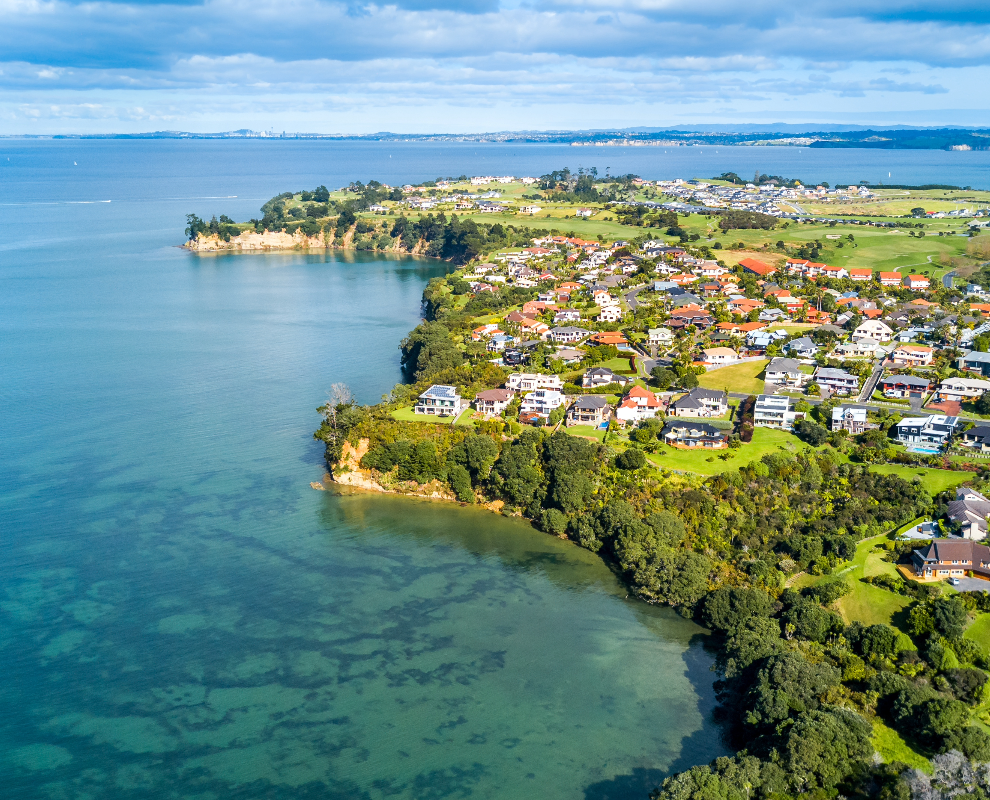It’s becoming increasingly clear that property sales volumes in many parts of the country have now turned the corner, and we’re also starting to see the flow-on effects for prices. Indeed, our recent analysis of median property values at the suburb level (Mapping the Market) showed that 188 areas across NZ have seen growth of 0.5% or more in the past three months.
What are the factors behind this turnaround? To my mind, five things are important. These are the broad peak for mortgage rates (which means people can quantify their ‘worst case’), the rise in net migration, the continued strength of the labour market, the decline in available listings on the market, and the loosening in credit conditions (e.g. LVR rules and CCCFA).
For investors, however, the overall messages remain a little mixed. True, ending the falls in house prices will mean that some prospective buyers can have more confidence about entering the market without ‘catching a falling knife’ (or buying ‘too soon’). On the other hand, some investors will no doubt have managed to secure bargains in the weaker environment seen since late 2021.
Equally, although a peak for mortgage rates will help investors’ moods, we’re unlikely to see meaningful falls in interest rates for some time yet either – and when you factor in low gross rental yields, the average investment purchase is likely to require a pretty substantial ‘top up’ from other income for the foreseeable future. Of course, a potential National election victory would see mortgage interest deductibility reinstated over a phased period, helping to ease some of the cashflow pressure a little (but not altogether).
As such, it’s probably even more important than usual that investors target the right properties in the first place. So, how do some of the key metrics look across Auckland right now? Using CoreLogic’s recently developed Market Trends product and focusing on two key property types – three-bedroom houses and two-bedroom apartments – it’s no surprise to see that the highest gross rental yields are for apartments.
These apartment yields range from 5.5% for a two-bedroom property in Manukau, down to 4.2% in Rodney. The figure is 4.5% in the key Auckland City market. For three-bedroom houses, the highest yield is currently available in Papakura (4.1%), with Franklin at 4%. North Shore sits at 3.1% and Auckland City at 3.0%. Interestingly, rental growth itself has also been stronger for apartments lately – perhaps as the foreign student market gets more firmly back on its feet. For example, two-bedroom apartment rents in Auckland City are up 16% over the past year, with 11% in North Shore. By contrast, the range for rental growth across Auckland for three-bedroom houses has been lower and tighter, typically about 4-5%.
Of course, there doesn’t tend to be any free lunch in the world of economics, and the flipside of better apartment yields and rental growth has been subdued property values. Indeed, two-bedroom apartment values have generally drifted lower across Auckland in the past three months (apart from in Rodney). In contrast, values for three-bedroom houses have started to rise more consistently.
All in all, the worst is over for the property downturn, and some capital gains may start to re-emerge. But with mortgage rates ‘higher for longer,’ and caps on debt-to-income ratios for mortgage lending still looming in 2024, the ‘upturn’ in values may be relatively muted – even if National won the election and quickly pushed through their housing policy reforms.

Kelvin Davidson
Kelvin Davidson is the Chief Economist of CoreLogic New Zealand.
















Add Comment